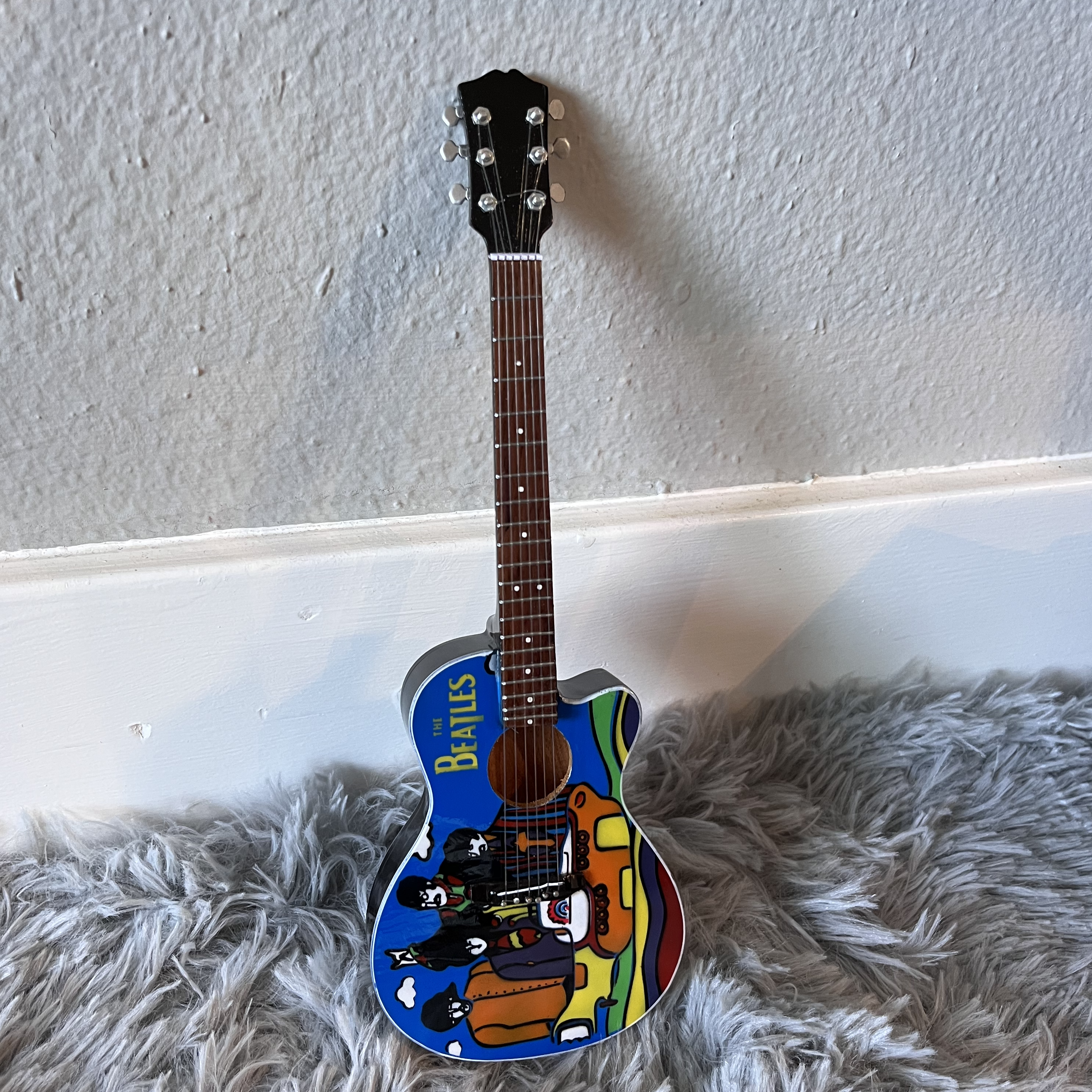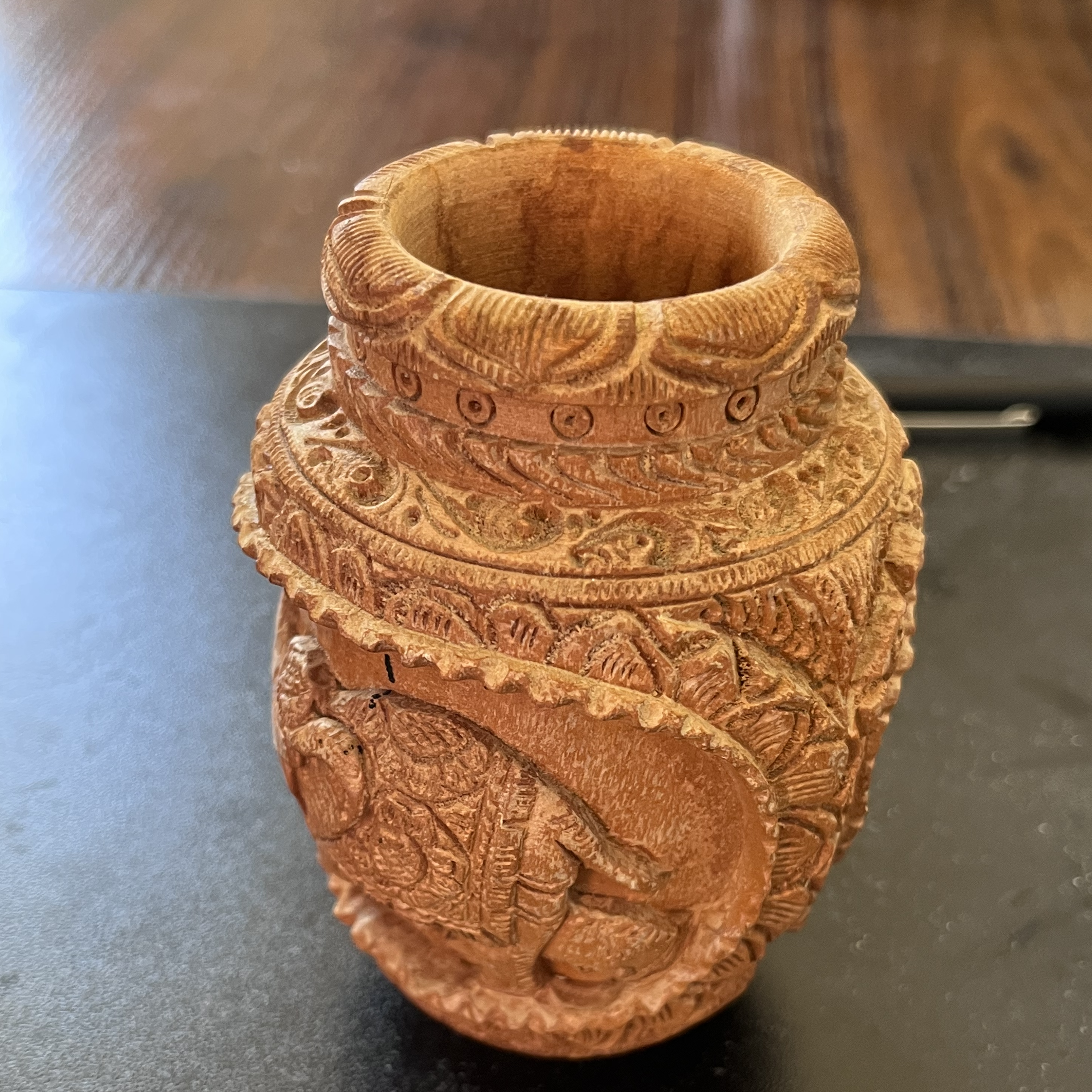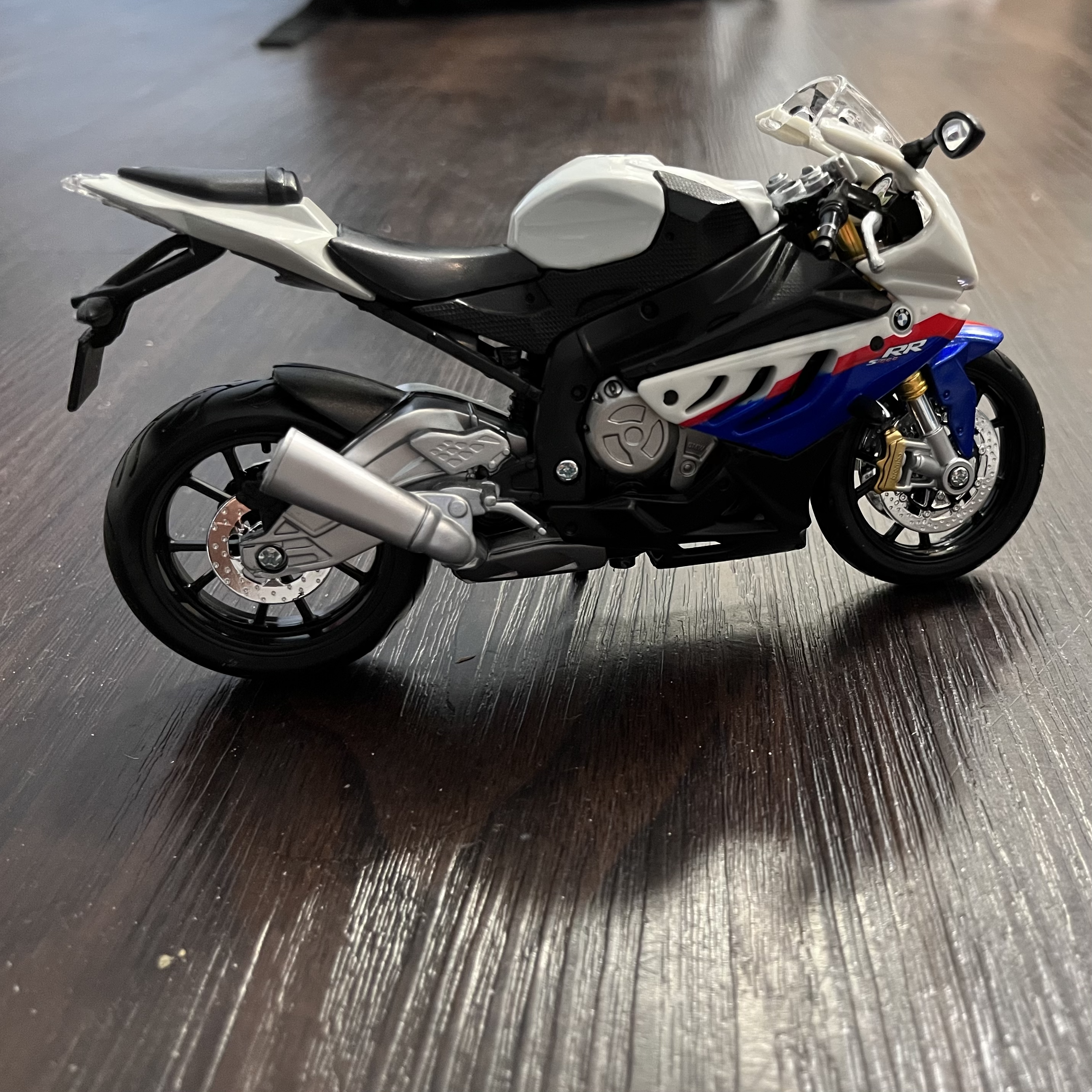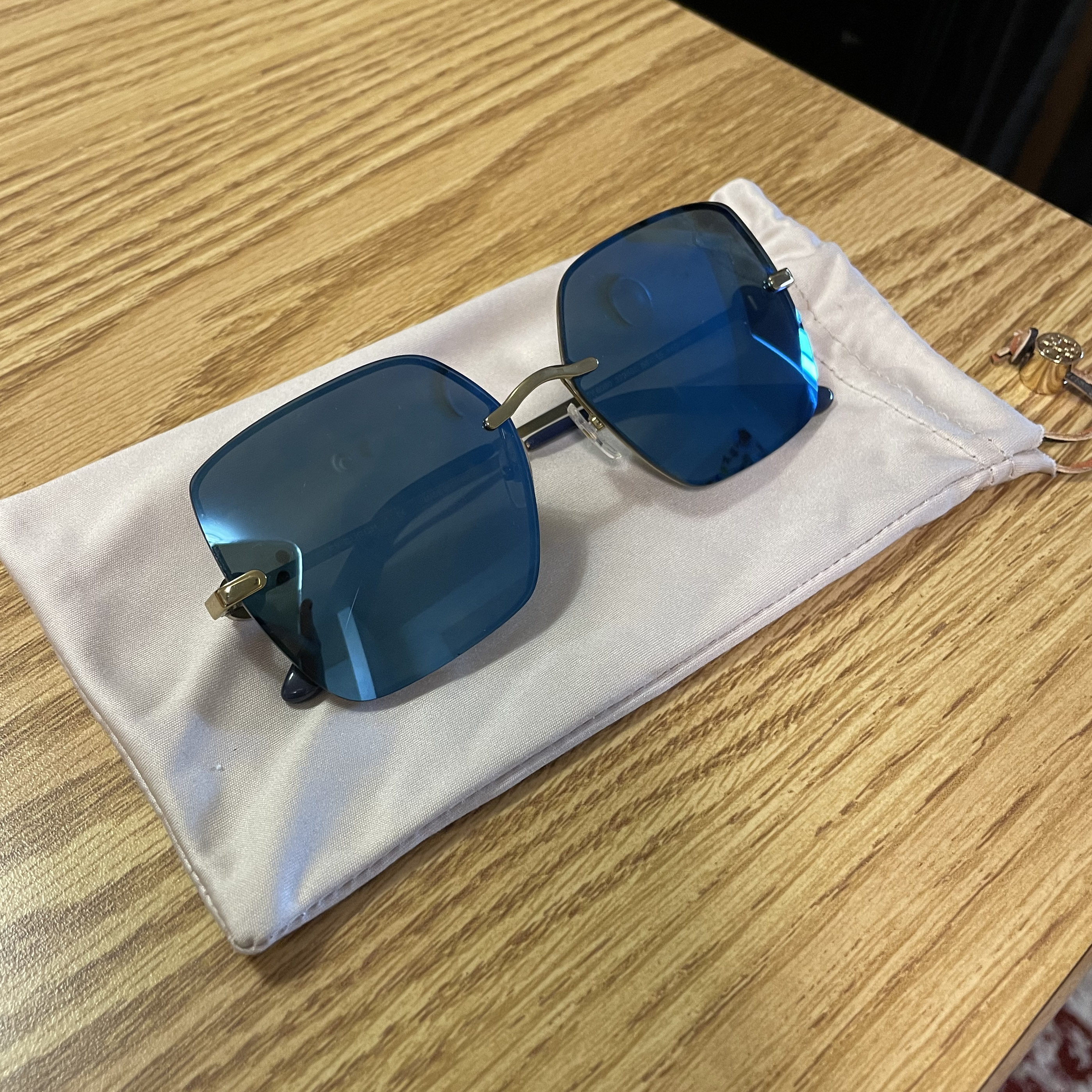Method

We propose a simple yet effective co-occurrence and attention control mechanism with mask guidance to preserve the the fidelity of subjects for multi-subject driven text-to-video generation. During the training stage, only the key and value weights in the cross-attention layers are fine-tuned, together with a learnable word token for every subject. In the inference stage, given a text prompt integrated with learned word tokens, we can easily obtain high-quality videos with specific subjects.
Comparison with SOTA


a cat* and a dog* sitting on the beach with a view of seashore
Qualitative results of our CustomVideo with comparison to SOTA methods. We can observe that our CustomVideo
can generate videoswith much better fidelity of subjects compared with previous SOTA methods.
Two-subject T2V Customization


a cat* and a dog* walking in the Times Square


an anime character* playing a guitar* in front of Tower Bridge


a toy bear* riding a bike* on the beach


a front view of a woodenpot* with a flower* in it on beach with a view of seashore


a cat* playing with a dog*


a lamp* shining on a sofa*


a monster* and a motorbike* on the beach with a view of seashore
Three-subject T2V Customization



a cat* sitting on the grass, wearing sunglasses*, with a lighthouse* in the background



with a pyramid* in the background, a dog* sitting on the grass, wearing sunglasses*
References
[1] Nataniel Ruiz, Yuanzhen Li, Varun Jampani, Yael Pritch, Michael Rubinstein, and Kfir Aberman. Dreambooth: Fine tuning text-to-image diffusion models for subject-driven generation CVPR, 2023.
[2] Nupur Kumari, Bingliang Zhang, Richard Zhang, Eli Shechtman, and Jun-Yan Zhu. Multi-concept customization of text-to-image diffusion CVPR, 2023.
[3] Hong Chen, Xin Wang, Guanning Zeng, Yipeng Zhang, Yuwei Zhou, Feilin Han, and Wenwu Zhu. Videodreamer: Customized multi-subject text-to-video generation with disen-mix finetuning. arXiv, 2023.
[4] Yanbing Zhang, Mengping Yang, Qin Zhou, and Zhe Wang. Attention calibration for disentangled text-to-image personalization. CVPR, 2024
[5] Andreas Blattmann, Tim Dockhorn, Sumith Kulal, Daniel Mendelevitch, Maciej Kilian, Dominik Lorenz, Yam Levi, Zion English, Vikram Voleti, Adam Letts, Varun Jampani, and Robin Rombach. Stable video diffusion: Scaling latent video diffusion models to large datasets. CVPR, 2024.
[6] Yujie Wei, Shiwei Zhang, Zhiwu Qing, Hangjie Yuan, Zhiheng Liu, Yu Liu, Yingya Zhang, Jingren Zhou, and Hongming Shan. Dreamvideo: Composing your dream videos with customized subject and motion. CVPR, 2024.

